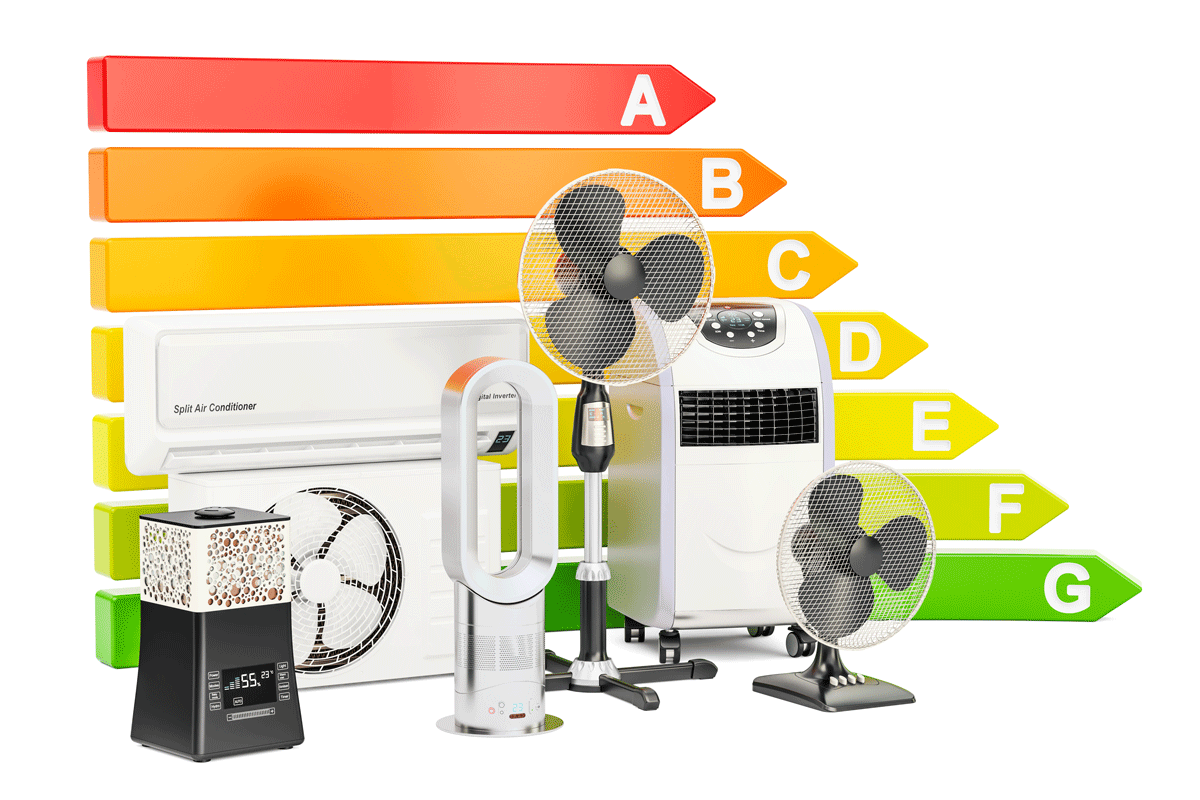


You’ve probably seen EnergyGuide labels in the past. The bright yellow and black label is placed on all new appliances. It gives the consumer a quick snapshot of the annual operating costs of the appliance and will tell you if the appliance qualifies for a coveted ENERGY STAR® rating. At Air Specialist of Houston, we understand that our customers are always looking for ways to save money and energy. The EnergyGuide label is a good place to start when you’re shopping for new appliances.
Let’s decipher the different sections of the EnergyGuide label, so you can choose the right HVAC unit or other appliance for your family.
Appliance category
In the top left portion of the label, you’ll see what’s called an appliance category. That tells you what type of appliance you’re buying and its capacity or other key features. This allows you to compare similar products.
Specific identifiers
The top right portion will list the make, model number, and appliance size, to verify that the label matches the appliance.
Estimated yearly cost
The appliance price is just one piece of the cost puzzle. In the center of the EnergyGuide label, you’ll see a box with a graph and an “Estimated Yearly Operating Cost.” The dollar number is the estimated yearly operating cost, and the graph shows where it falls in comparison to similar models.
Estimated yearly energy use
The box underneath the estimated operating cost estimates how much energy the appliance will use. Sometimes you’ll see more than one box, with estimates of how much electricity or how much gas or other fuel sources will be used annually.
The ENERGY STAR® rating logo
If the appliance meets the criteria for an ENERGY STAR® rating, you’ll see the logo in the lower right corner. This means the appliance is more energy-efficient than standard models.
Why are EnergyGuide labels important? They allow you, the consumer, to choose an appliance that uses energy more efficiently, cutting down on the overall costs of running it. Oftentimes this information cannot be gleaned from a price tag alone. Many consumers are committed to lowering their carbon footprints, and an ENERGY STAR®-rated appliance is an important step.
Are you in the market for a new HVAC system? Air Specialist of Houston can help you find the right-sized unit that will keep your energy costs low while keeping your family comfortable. If you’re interested in an energy-efficient solution for your home, contact Air Specialist of Houston here or call us at [csad_phone]. We’ve been keeping your family comfortable since 1970.
Post Categories
Why Choose Us?
- We're strategically located in Pearland, TX
- Expertise to service all of your HVAC equipment
- Our technicians are NATE-certified
- We are an ACCA member company
- BBB accredited south Texas HVAC business
- We stand behind all of our HVAC work

